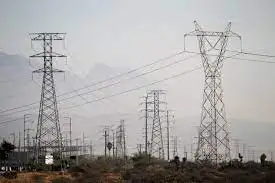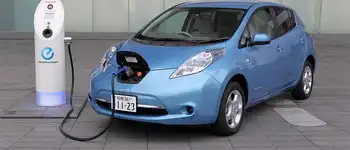Recovery will require a “greener” grid: NYISO
NEW YORK STATE - The recession created a drastic reduction in demand for electricity, and a sustainable recovery will involve a “greener,” more efficient electric grid.
“Recovering from this recession will not be business as usual,” Stephen Whitley, president CEO of the New York Independent System Operator, said during the organization’s 2010 symposium. About 300 industry leaders attended the event at the Desmond Hotel and Conference Center in Albany, New York. NYISO operates the state’s electric grid.
New Yorkers are using 4.1 percent less energy in this down economy — the biggest single decline in 60 years — and consumers will continue to change the way they use electricity, Whitley said. More electricity will be generated by renewable resources, Smart Grid advancements will continue and regional grid operators will collaborate more, he said.
New York has a goal of decreasing power usage by 15 percent and generating 30 percent of its electricity through renewable sources by 2015.
The stateÂ’s power consumers could save $221 million a year if six independent grid operators in the Northeast, Midwest and Canada move forward with a regional plan to pool some of their resources, according to a plan submitted in January by six independent grid operators.
That plan, called “Broader Regional Markets,” was discussed by independent grid operators and a state legislator during a 90minute panel discussion held as part of the daylong event.
New YorkÂ’s savings would come as the grid operators employ a plan to share some infrastructure costs, ease congestion and allow energy to move more easily between the operating systems. A proposal detailing the plans was submitted to the Federal Energy Regulatory Commission in January. FERC directed the entities to develop the collaboration plan.
Gordon van Welie, president and CEO of ISO New England Inc., said availability of power grew 10 percent when a group of independent operators in New England adopted a similar plan. The collaborations eliminated most congestion during highuse times, and electric prices stabilized or declined.
“The ultimate goal is to have broader customer savings,” said Kevin Burke, president and CEO of New York Citybased Con Edison.
Rep. Kevin Cahill DKingston chairman of the Assembly Energy Committee, said the success of the plan hinged on openness and public involvement. Cahill has criticized NYISO for its alleged failure to conduct business openly, and wants the organization to involve public participation.
“Consumers have a growing concern about the cost of electricity,” he said. “There has to be a concept that will protect our state,” Cahill said of the unstable costs of commodities.
NYISO said the plan requires FERC approval, and could take several years to implement.
Related News

Brazil tax strategy to bring down fuel, electricity prices seen having limited effects
BRASILIA - Brazil’s congress approved a bill that limits the ICMS tax rate that state governments can charge on fuels, natural gas, electricity, communications, and public transportation.
Local lawyers told BNamericas that the measure may reduce fuel and power prices in the short term but it is unlikely to produce any major effects in the medium and long term.
In most states the ceiling was set at 17% or 18% and the federal government will pay compensation to the states for lost tax revenue until December 31, via reduced payments on debts that states owe the federal government.
The bill will become law…




